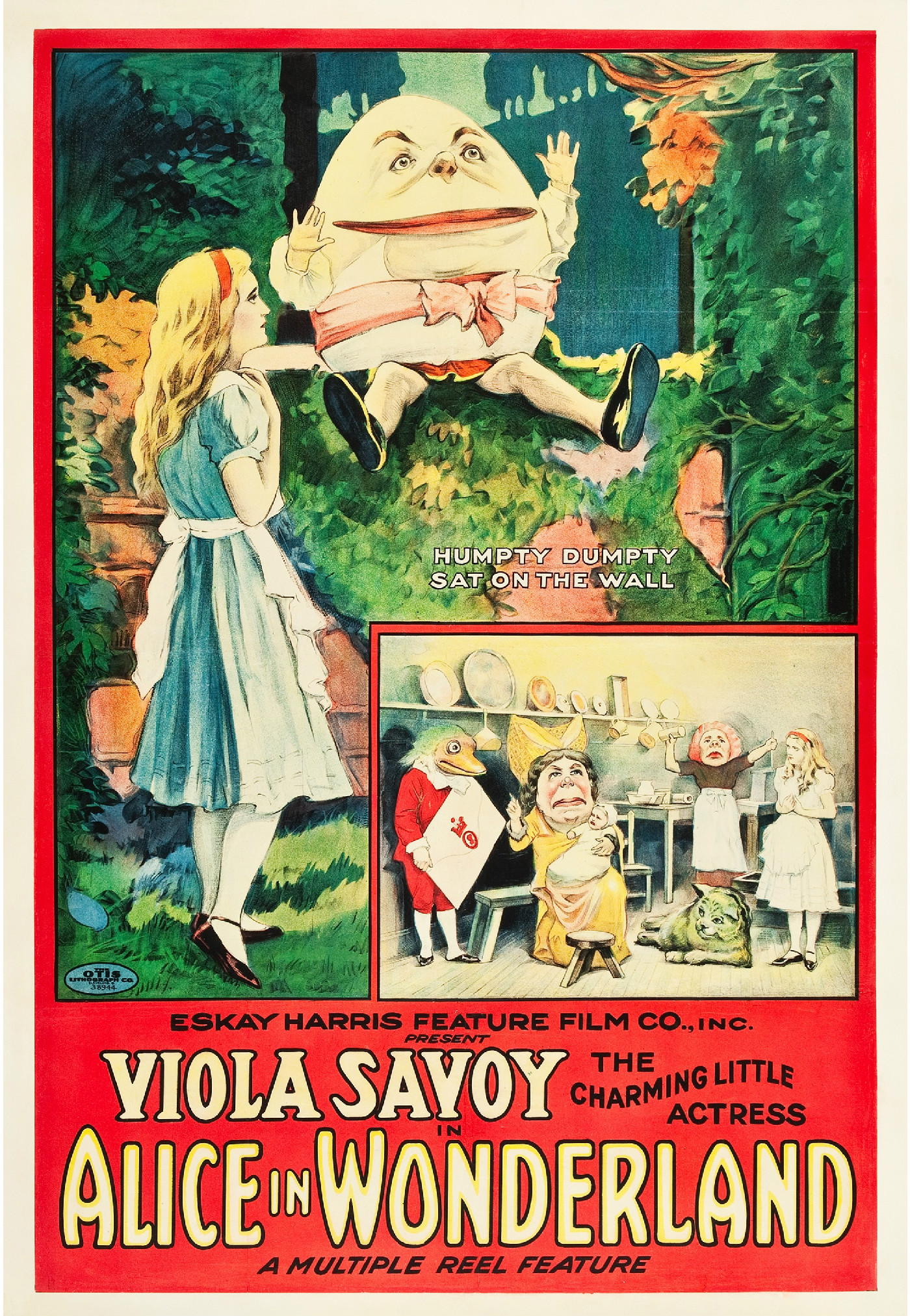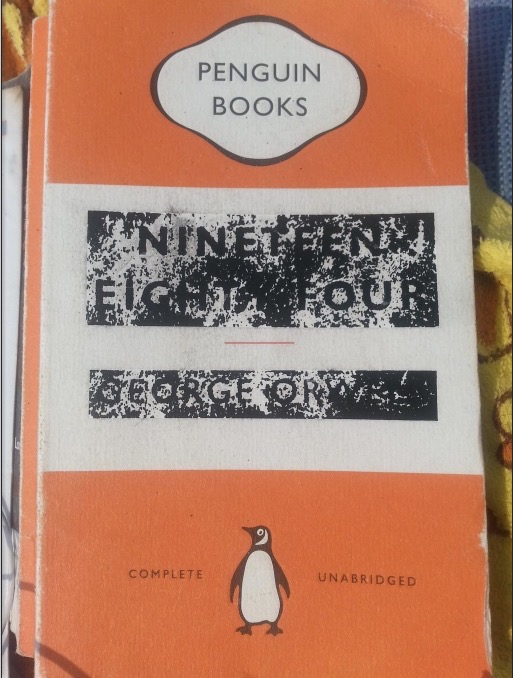Four decades ago, our civilization seemed to stand on the brink of a great transformation. The Cold War had stoked around 35 years of every-intensifying developments, including but not limited to the Space Race. The personal computer had been on the market just long enough for most Americans to, if not actually own one, then at least to wonder if they might soon find themselves in need of one. On New Year’s Eve of 1982, The MacNeil-Lehrer News Hour offered its viewers a glimpse of the shape of things to come by inviting a trio of forward-looking guests, Wasn’t the Future Wonderful author Tim Onosko; Omni magazine editor Dick Teresi; and, most distinguished of all, Isaac Asimov.
As the “author of more than 250 books, light and heavy, fiction and non-fiction, some of the most notable being about the future,” Asimov had long been a go-to interviewee for media outlets in need of long-range predictions about technology, society, and the dynamic relationship between the two. (Here on Open Culture, we’ve previously featured his speculations from 1983, 1980, 1978, 1967, and 1964.) Robert MacNeil opens with a natural subject for any science-fiction writer: mankind’s forays into outer space, and whether Asimov sees “anything left out there.” Asimov’s response: “Oh, everything.”
In the early eighties, the man who wrote the Foundation series saw humanity as “still in the Christopher Columbus stage as far as space is concerned,” foreseeing not just space stations but “solar power stations,” “laboratories and factories that can do things in space that are difficult or impossible to do on Earth,” and even “space settlements in which thousands of people can be housed more or less permanently.” In the fullness of time, the goal would be to “build a larger and more elaborate civilization and one which does not depend upon the resources of one world.”
As for “the computer age,” asks Jim Lehrer; “have we crested on that one as well”? Asimov knew full well that the computer would be “at the center of everything.” Just as had happened with television over the previous generation, “computers are going to be necessary in the house to do a great many things, some in the way of entertainment, some in the way of making life a little easier, and everyone will want it.” There were many, even then, who could feel real excitement at the prospect of such a future. But what of robots, which, as even Asimov knew, would come to “replace human beings?”
“It’s not that they kill them, but they kill their jobs,” he explains, and those who lose the old jobs may not be equipped to take on any of the new ones. “We are going to have to accept an important role — society as a whole — in making sure that the transition period from the pre-robotic technology to the post-robotic technology is as painless as possible. We have to make sure that people aren’t treated as though they’re used up dishrags, that they have to be allowed to live and retain their self-respect.” Today, the technology of the moment is artificial intelligence, which the news media haven’t hesitated to pay near-obsessive attention to. (I’m traveling in Japan at the moment, and saw just such a broadcast on my hotel TV this morning.) Would that they still had an Asimov to discuss it with a level-headed, far-sighted perspective.
Related content:
Isaac Asimov Predicts the Future on The David Letterman Show (1980)
Based in Seoul, Colin Marshall writes and broadcasts on cities, language, and culture. His projects include the Substack newsletter Books on Cities, the book The Stateless City: a Walk through 21st-Century Los Angeles and the video series The City in Cinema. Follow him on Twitter at @colinmarshall or on Facebook.







